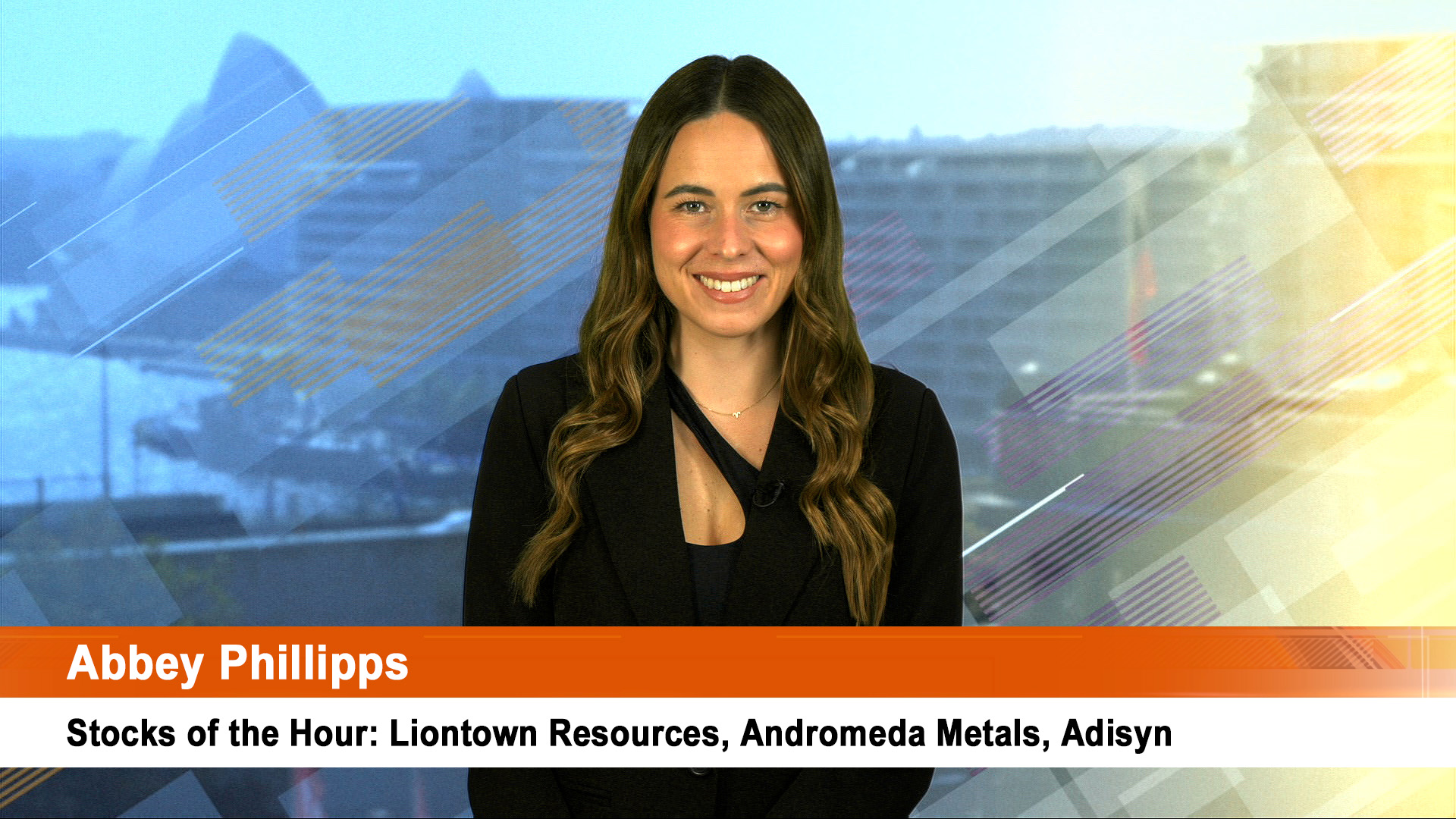New car sales, strong company profits and wages growth, easing inflation, but weak job ads yesterday painted a picture of an economy doing better than many think.
And interestingly, the Australian services sector, the largest part of the economy, expanded last month (remember manufacturing contracted slightly), in direct contrast to similar polls in other economies which showed a distinct slowing in activity.
Seeing a big part of the services sector is retailing, you have to wonder if that industry gloom and sluggishness is a one-off.
As we see with cars and overseas travel (see below), Australians are not having any trouble spending money at the moment and are buying cars and travelling at or near record levels.
In fact there’s growing evidence that tomorrow’s second quarter growth figures could be much stronger than thought and go some way or even all the way to offsetting the 1.2% fall in first quarter GDP.
Certainly, without the concerns from offshore (the US and Europe), the data yesterday would have the RBA reaching for the rate rise looms lever.
The NAB and AMP late last week forecast growth of 0.9% for the June quarter. Yesterday, Ben Jarman chief economist at JPMorgan said the data released yesterday could see growth of 1.2% in the quarter.
"Given the sharp contraction in the first quarter, the obvious culprit was the Queensland floods; it is hard to see anything but a positive number.
"A larger inventory build and stronger profits means, you’re looking 1.2 per cent (March quarter) GDP growth, " he told AAP.
And Westpac senior economist Andrew Hanlan said he expected the economy returned to more normal operating conditions in the June quarter, with GDP up by 1.1%.
Keep an eye on any revisions to the March quarter figures, and also watch the government finance figures for the quarter and the current account data, both out today.
The latter will have more accurate data on the impact of the fall in coal exports, and the slow recovery, on our trade performance and its impact on GDP.
So a look at the flow of figures yesterday.
First up the business indicators for the June quarter from the Australian Bureau of Statistics:
Company gross operating profits rose 6.7% in the June quarter and were up 0.2% over the year, the Australian Bureau of Statistics (ABS) said yesterday.
Wages and salaries were up a solid 2.3% in the quarter to be up 8.3%, seasonally adjusted, over the year.
And estimated business inventories, in seasonally-adjusted chain volume terms, rose 2.5% in the June quarter, following a 0.7% rise in the March quarter. Economists were expecting inventories to have risen by 0.4% in the quarter.
But that could be a sign of weak sales by retailers. The ABS figures hinted at that with a 0.1% fall in seasonally adjusted sales by manufacturers and a 0.7% drop in wholesale trade sales of goods and services.
That could be as a result of the sluggish performance of retailers in the quarter.
But it could (and probably is) a sign that mining companies, especially in the Queensland coal industry, are rebuilding stocks after running them down earlier in the year to counter the impact of the floods and heavy rain.
Meanwhile job ads fell for a second consecutive month in August, according to the latest ANZ survey of newspaper and internet job ads. It was the fourth fall in five months.
The index eased 0.6% last month to an average of 186,331 ads online and in print, following a 0.7% drop in July.
The survey showed newspaper ads dropped 3% in August to 8057 to be 15.6% lower than a year ago (and all but irrelevant in terms of job advertising now).
Online job ads dropped 0.5% in August to 178,274, to be up 7.3%.
The survey underlined the failure of newspapers which it said were "losing market share to online advertising".
The overall gauge of future hiring intentions was up only 6.1% from a year ago, suggesting the pace of growth in the jobs market was slowing.
Thursday’s unemployment rate is forecast to remain steady on 5.1% by economists, but yesterday the ANZ forecast that it could drift up to 5.5% in coming months (which is what the AMP has already forecast).
In services, the August survey of the sector found an expansion, the first reported in four months.
The Australian Industry Group (AIG)/Commonwealth Bank Australian Performance of Services Index (PSI) rose 3.3 points to 52.1 points in the month, a huge increase and one that suggests a bit of catch up in the survey with what was happening in previous months.
A reading above 50 indicates growth in activity.
The expansion occurred even though only three of the nine services sub-sectors reported increases in activity in August.
The wages index rose to 66.7 in August, its highest level in close to three years.
The AIG said wage growth had increased over the past six months, partly reflecting rising wages growth in the wholesale trade, retail trade and transport and storage sub-sectors.
New orders also expanded in August by 4.7 points to 53.9 points, which was perhaps the most encouraging part of the survey.
And the monthly TD Securities/Melbourne Institute inflation Gauge showed a fall in its version of the CPI, down 0.1% in August from a rise of 0.3% in July.
It was the first fall since October 2009 and was driven by a fall in the prices of many fruits and vegetables (including bananas) as forecast by the RBA and other less panicky economists earlier in the year













